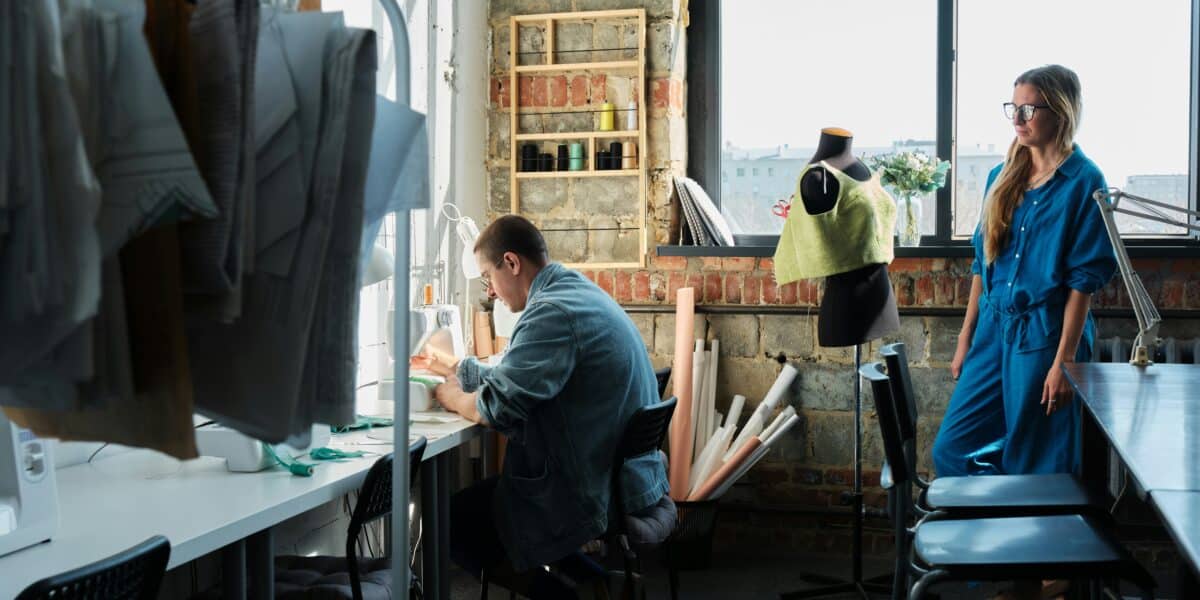Authenticity and Passion: A Winning Combination for Celebrities
![]() Celebrity News Staff 2 on April 14, 2025
Celebrity News Staff 2 on April 14, 2025
In today’s entertainment industry, where image often takes precedence over substance, authenticity and passion have become highly valued traits. Fans are increasingly drawn to celebrities who exhibit genuine passion for their craft and maintain an authentic persona. This shift towards valuing authenticity and passion highlights the changing dynamics of fan engagement and celebrity influence.
The Importance of Authenticity
Building Trust with Fans
- Trust: Authenticity fosters trust between celebrities and their fans. When fans perceive a celebrity as genuine, they are more likely to form a loyal and lasting connection.
- Relatability: Authentic celebrities are seen as more relatable, allowing fans to feel a deeper personal connection. This relatability often translates to increased fan support and engagement.
Differentiation in a Saturated Market
- Stand Out: In an industry saturated with talent, authenticity can help celebrities stand out. Fans are drawn to unique and genuine personalities that differentiate them from the crowd.
- Sustainable Image: An authentic image is more sustainable in the long run. Unlike manufactured personas, authenticity does not require constant management and can evolve naturally over time.
The Role of Passion
Inspiring Dedication and Hard Work
- Motivation: Passion drives dedication and hard work. Celebrities who are passionate about their craft often go the extra mile, resulting in higher-quality performances and productions.
- Resilience: Passionate individuals are more resilient. They are better equipped to handle the ups and downs of the industry, maintaining their drive and focus despite challenges.
Connecting with Audiences
- Emotional Connection: Passionate performances resonate more deeply with audiences. When celebrities genuinely care about their work, it shows, creating a stronger emotional impact.
- Authentic Storytelling: Passionate celebrities bring authenticity to their storytelling. This enhances the overall experience for fans, making it more immersive and impactful.
Case Studies of Authenticity and Passion
Adele: The Authentic Songstress
- Authenticity: Adele’s candidness about her personal life and struggles has endeared her to fans worldwide. Her openness and genuine personality are reflected in her music, creating a powerful connection with her audience.
- Passion: Adele’s passion for music is evident in her soulful performances. Her dedication to her craft has earned her numerous awards and a loyal fan base.
Keanu Reeves: The Passionate Philanthropist
- Authenticity: Known for his humility and down-to-earth nature, Keanu Reeves is often described as one of the most authentic celebrities in Hollywood. His genuine personality shines through in his interactions with fans and colleagues.
- Passion: Beyond his acting career, Reeves is passionate about philanthropy. His commitment to charitable causes and kindness has further solidified his positive public image.
How Celebrities Can Cultivate Authenticity and Passion
Staying True to Oneself
- Self-Reflection: Regular self-reflection can help celebrities stay grounded and true to their values. Understanding their core beliefs and motivations allows them to maintain authenticity.
- Authentic Choices: Making career choices that align with personal values and passions reinforces authenticity. This could mean choosing projects that resonate personally rather than those that are solely financially lucrative.
Engaging with Fans
- Transparency: Being transparent with fans about personal and professional experiences builds trust. Open communication and honesty foster a stronger fan-celebrity relationship.
- Interactive Platforms: Utilizing social media and other interactive platforms can help celebrities connect more authentically with their audience. Engaging in genuine conversations and sharing behind-the-scenes glimpses into their lives enhances relatability.
The Impact on Career Longevity
Long-Term Success
- Loyal Fanbase: Authenticity and passion contribute to a loyal fanbase, which is crucial for long-term success in the entertainment industry. Fans who feel a genuine connection are more likely to support a celebrity throughout their career.
- Positive Reputation: Maintaining authenticity and demonstrating passion can lead to a positive reputation, attracting more opportunities and collaborations.
Personal Fulfillment
- Satisfaction: Celebrities who pursue their passions and remain authentic often find greater personal fulfillment. This satisfaction can lead to a more balanced and fulfilling career.
- Legacy: An authentic and passionate career can leave a lasting legacy. Celebrities who stay true to themselves and their craft are often remembered and respected long after their careers have ended.
In an industry often criticized for its artificiality, authenticity and passion stand out as refreshing and appealing qualities for celebrities. These traits not only build trust and connection with fans but also contribute to long-term career success and personal fulfillment. By staying true to themselves and passionately pursuing their craft, celebrities can create meaningful and lasting impacts in the entertainment world.










